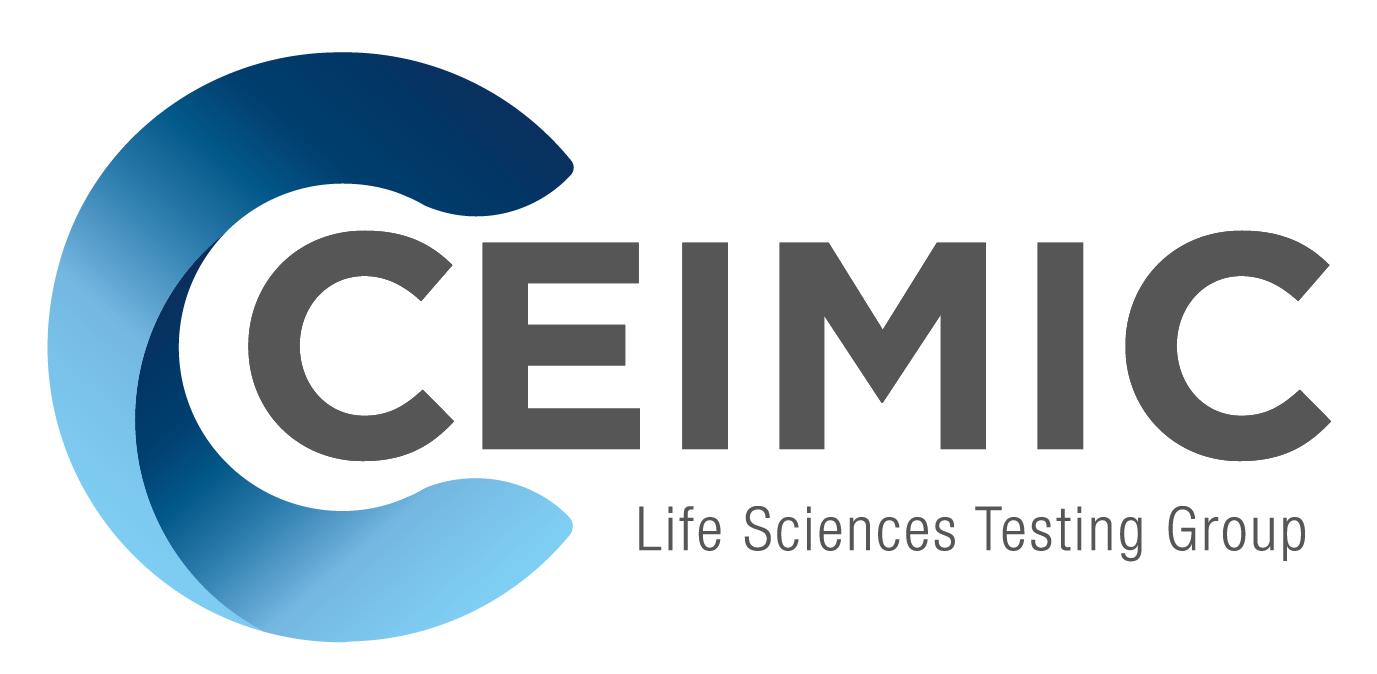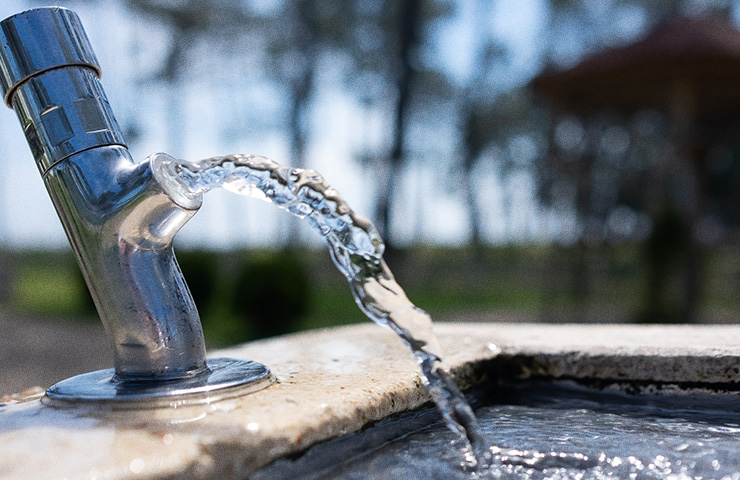Understand how water monitoring can be an effective tool in health protection
Clean and safe water is vital for human life, for maintaining healthy ecosystems and also for sustainable development, with water quality being a crucial aspect for public health and environmental balance.
However, the Water pollution remains a significant global challenge, especially in times of climate change. Extreme events, such as floods, droughts and storms, favor water contamination, increasing health risks and compromising ecosystems.
Given this scenario, in today’s article we will discuss how continuous monitoring of water quality becomes an indispensable tool for protecting human health and the environment.
Climate events and water quality
Climate change and extreme weather events, such as floods, droughts and storms, have a significant impact on water quality, and can drastically alter the availability and quality of water resources, exacerbating existing problems and creating new challenges in the management of these resources.
Extreme events and their main consequences:
Floods
They can cause contamination of drinking water sources with sewage, agricultural and industrial chemicals.
Floodwater can [1] carry pathogens and pollutants, increasing the risk of waterborne illnesses.
Droughts
They considerably reduce the amount of water available, concentrating pollutants and reducing the dilution capacity of water bodies. In addition Lack of water can lead the population to use poor quality water sources.
Storms
They increase surface runoff, carrying pollutants to rivers, lakes and reservoirs. Furthermore, intense storms can also cause erosion and increase the sediment load in water bodies.
Water monitoring: essential tool for resource management
Water is a limited and essential natural resource for countless human activities, including consumption, agriculture, industry and even leisure.
Water contamination by chemical, biological or physical substances can have devastating effects on the general population. Pollutants such as heavy metals, pesticides, pathogens and excess nutrients can compromise water quality, making it unsuitable for consumption and harmful to the environment.
Water quality monitoring involves the collection, analysis and interpretation of data on the chemical, physical and biological composition of water.
This data is essential for identifying sources of pollution, assessing health risks, ensuring compliance with quality standards, and developing water resource management strategies.
Water quality parameters
To ensure a comprehensive analysis of water quality, several parameters are monitored, including:
- Physical parameters: temperature, color, turbidity and odor are immediate indicators of contamination.
- Chemical parameters: include pH, dissolved oxygen, heavy metals (such as lead, mercury and arsenic), nutrients (such as nitrogen and phosphorus), pesticides and industrial waste.
- Biological parameters: involve the presence of pathogenic microorganisms (bacteria, viruses and protozoa), which can cause water-borne diseases.
Benefits of Continuous Water Monitoring
We know that water quality is a fundamental factor for public health, environmental conservation and sustainable development.
In a world where extreme climate events, as a result of increasing pollution, threaten water resources, the Continuous monitoring of water quality acts as an essential tool that allows for the early identification of contamination, the prevention of outbreaks of waterborne diseases and the protection of aquatic ecosystems.
Furthermore, it ensures compliance with regulatory standards and provides critical data for the sustainable management of water resources.
The importance of monitoring
With climate change intensifying global challenges, the importance of effective water quality monitoring has never been more evident.
Here are some benefits of this essential practice:
- Protection of public health by preventing outbreaks of waterborne diseases.
- Environmental conservation in the protection of aquatic ecosystems and biodiversity, monitoring and controlling pollution.
- Guarantee of compliance with water quality standards, meeting legal and regulatory requirements.
- Water resources management by providing essential data for the planning and sustainable management of water resources.
Monitoring Technologies
Technological evolution has brought significant advances in water quality monitoring.
Modern tools and analytical methods allow accurate and rapid detection of contaminants, avoiding further damage to the environment and, consequently, to public health.
Count on CEIMIC
A CEIMIC is a company specialized in environmental analysis, which provides integrated solutions that include sample collection, precise laboratory analysis and data interpretation, helping to make informed decisions for water quality management, minimizing and mitigating impacts on health and the environment. environment.
Together, we can ensure that future generations have access to clean, safe water.


Recent Comments